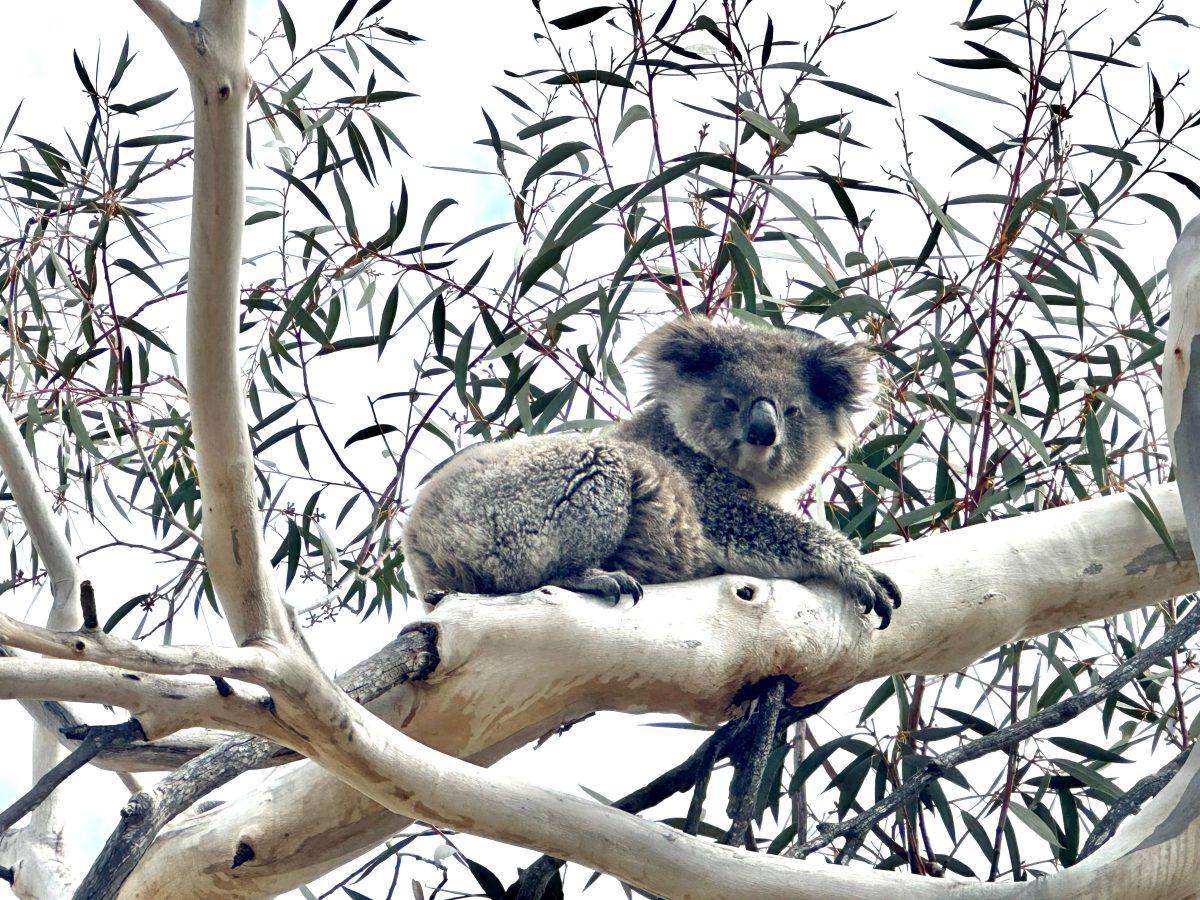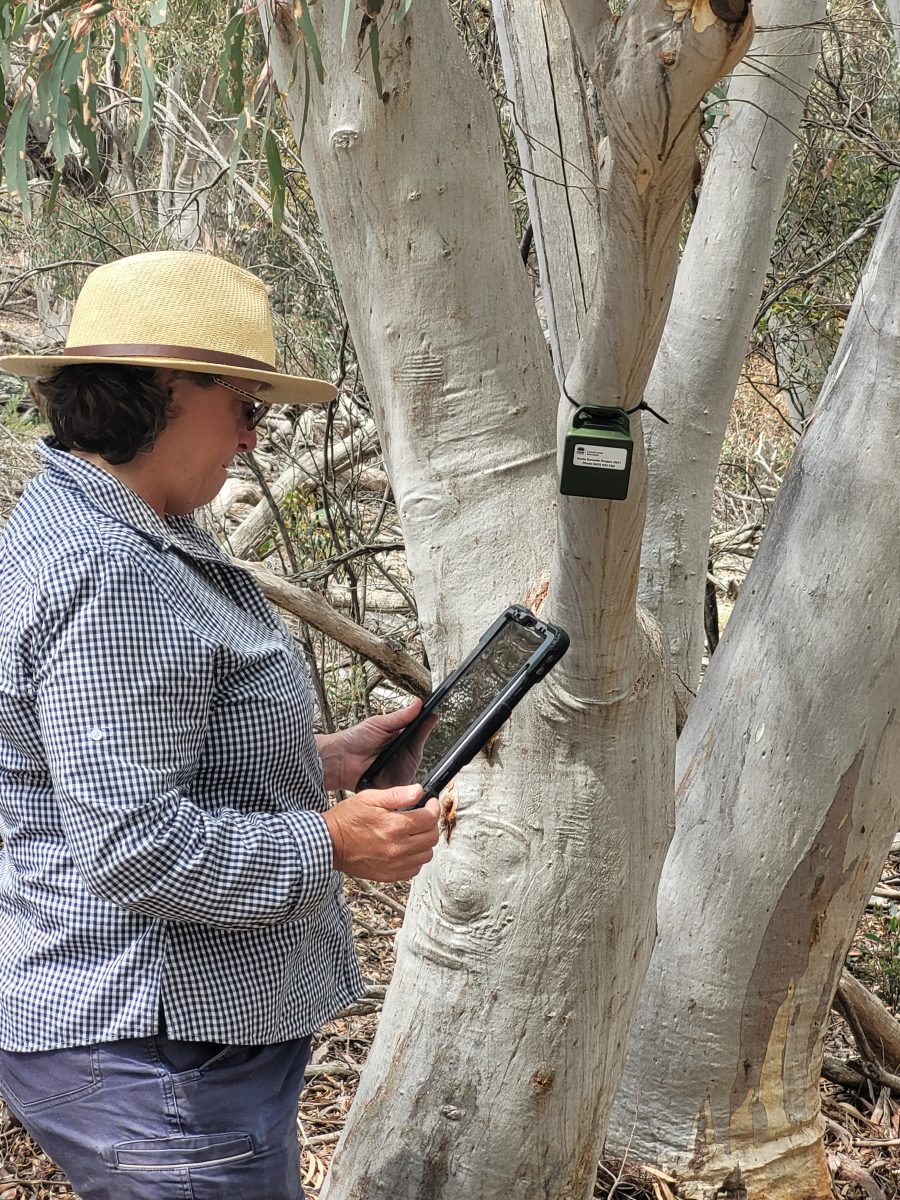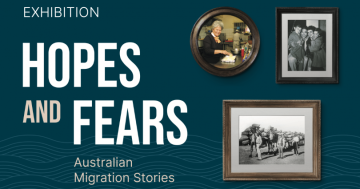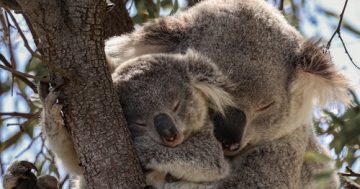
Land Services Officer Kirrily Gould from the NSW Department of Primary Industries captured this image of a koala at Numeralla.
It might not be the best way to go about it, but for as long as we can remember, if a male wanted a female’s attention, chances are he’d opt to, er, bellow his request.
Not only does it work but it can also, according to new research, help scientists save lives – if you are a koala, that is.
Officially, it’s called a bioacoustic survey but Kirrily Gould from Local Land Services, at the NSW Department of Primary Industries and Regional Development, also calls it ”koala karaoke”.
Under the program, audio monitors are given to citizen scientists to record the bellows of male koalas in breeding season. By deploying them across the landscape, the results can identify where the koalas are. The monitors are set to record from dusk to dawn for about 14 nights, with these recordings then computer-analysed to identify any koala calls.
“It’s a two-tiered strategy,” Ms Gould said. “We work closely with the NSW Koala Strategy to deploy monitors across the landscape as part of the Statewide Koala Monitoring Program. Then there’s a second tier dubbed ‘koala karaoke’, where citizen scientists or landholders can register to be trained and deploy monitors on their property.
“Last year we put out 120 monitors; this year we did about 100 again to give us a better picture of the area.”
The area ranged from the Tinderrys in the north of the study area and as far south as near Nimmitabel and out west across to the Murrumbidgee over to Shannons Flat.
It’s a crucial project, according to Ms Gould, who started working on the program in 2021, to support private landholders to enhance koala habitat on their properties across the Southern Tablelands and the Monaro.
She said audio recorders were sent to multiple sites north of Numeralla – Known as an Area of Regional Koala Significance (ARKS), a “stronghold” population considered important to the long-term survival of the marsupial. They also deployed monitors across Michelago, Bredbo, Jerangle and sites in the Tinderry Ranges. Other recorders were sent to the Avonside region between Berridale, Jindabyne and Dalgety.
The Numeralla recordings featured multiple male and female koala bellows, but only one male bellow was detected in the Avonside region.
Ms Gould said the group surveyed 104 sites across the two local government areas in the spring and summer of 2021 – and was delighted to find initially that 55 per cent of its sites were occupied by koalas.
“We’re finding more about the outlying populations of koalas,” she said. “We know that the stronghold population at Numeralla is robust.
“Now we’re continuing to explore the outlying areas where they continue to exist but where there are not as many records.”

Kirrily Gould from the Department of Primary Industries attaches a koala monitor to a gum tree as part of the koala karaoke project. Photo: DPI.
The koala study began as a bushfire recovery project but followed on to form a partnership between Local Land Services and the NSW Koala Strategy, and worked closely with Landcare and private landholders to help the government determine the distribution and extent of the koala population across the region.
“It has helped us find out more about where the outlying populations are,” Ms Gould said.
“Under an Australian Government community grant, we can now explore between Berridale and Jindabyne. Work had been done in this area … historically we’d been there before the fire and we knew there was a small population. But with this funding, we could explore this area further and go back again. Last month we had a drone in there and we picked up two koalas on a property that we never knew had them – that was pretty exciting.”
Ms Gould said scat surveys were still used in koala research, but were labour-intensive. New technology such as drones was more efficient.
“With those two koalas we found, that was done in an area of about 56 hectares in a matter of hours – doing scat surveys would have taken a lot longer,” she said.
Landholders and citizen scientists in the Southern Tablelands and Snowy Monaro are welcome to become involved in the project. More information is available on the South East Local Land Services website.
Original Article published by Sally Hopman on About Regional.













